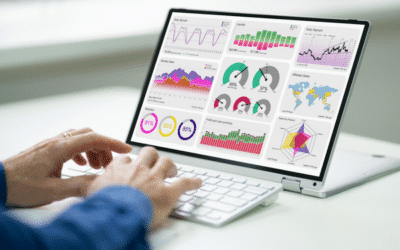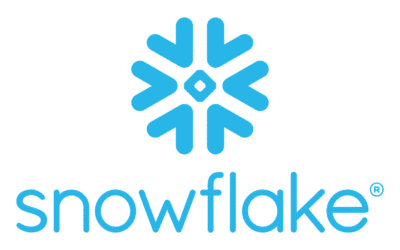The health crisis has accelerated the digital transformation of companies and reinforced the need to automate processes. This is particularly true of the purchasing process, where 40% of tasks are considered operational and of little added value, according to a recent McKinsey study. Yet a recent Deloitte report showed that only 30% of purchasing departments had implemented automation tools!
Digitizing the purchasing process is therefore a key area of development for many companies.
Why digitize your purchasing process?
Technological developments and the arrival on the market of numerous start-ups are profoundly changing the buyer’s profession. Digitizing the purchasing process can achieve a number of objectives:
- Better monitoring
- Automating procedures
- Optimizing resources
- Improved profitability
This means that most operational tasks can be managed automatically or semi-automatically. This frees up valuable time for buyers to focus on strategic, higher value-added tasks that cannot be automated.
In addition, there are now a number of high-performance tools for efficiently managing the 3 purchasing classes:
- strategic production purchasing: around 10% of order volume.
- strategic non-production purchasing: around 30% of order volume.
- and non-strategic purchases: around 60% of order volume.
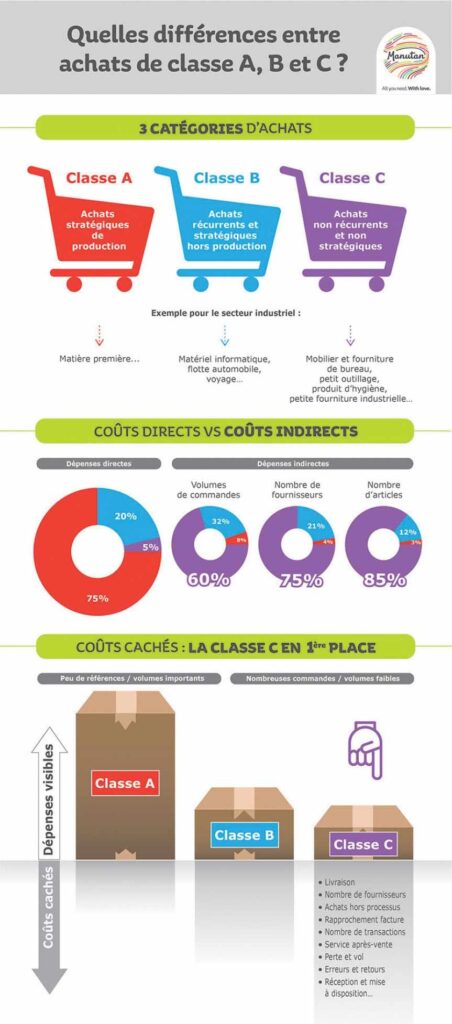
Thanks to digitalization, the purchasing department can effectively manage all acquisitions, with potential productivity gains estimated at between 15 and 20%, depending on the company.
Comparison of purchasing digitalization tools
There are many high-performance software packages on the market for digitizing a purchasing process. However, not all of them offer the same possibilities, and it is therefore necessary to draw up a specification of the company’s needs:
- Inventory of current procedures to assess the integration potential of each software package.
- Description of requirements (operational needs, reporting, monitoring and automation).
- Definition of areas for improvement to assess the added value of each tool.
Some companies decide to develop in-house purchasing management tools. Nevertheless, market solutions are numerous and effective. It may be worthwhile to enlist the help of an outside consultancy to assess the company’s current strengths and weaknesses. A consulting firm will then help you identify the best way to optimize purchasing procedures when digitizing your department.
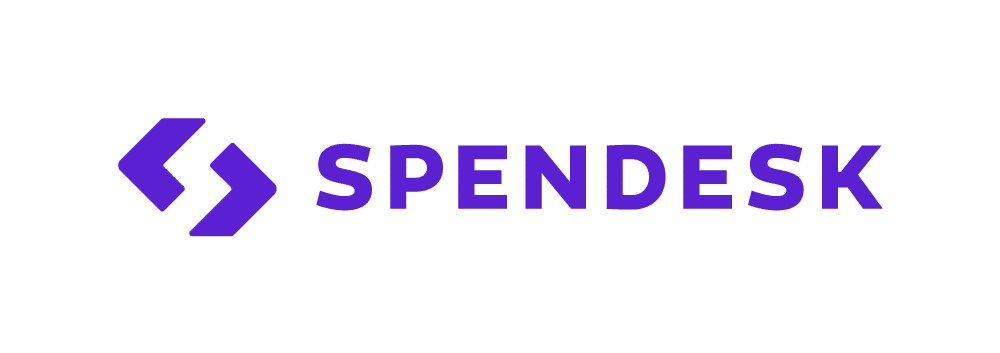
Spendesk is an easy-to-use yet comprehensive tool that enables efficient management of expenses by centralizing them in a single interface. This tool incorporates numerous pre-programmed functions, such as expense reports, supplier invoices or company cards.
It’s popular with small businesses in its basic package, but can also be used by SMEs and large corporations thanks to an unlimited version and a customized version.
Spendesk lets you define validation chains and allocate expense amounts by user. Receipts are collected automatically by encouraging users to scan their receipts. It’s an effective way of decentralizing the life of the company while retaining an appropriate level of control.
Spendesk does not communicate its prices.
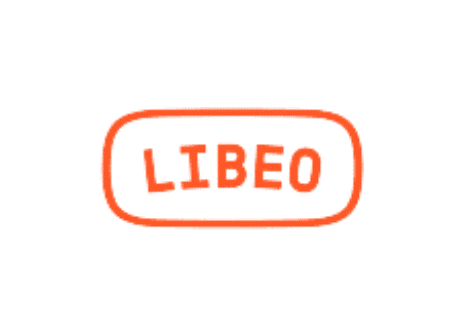
Libeo is a young French start-up that has succeeded in making a name for itself among the market leaders thanks to its flexible, intuitive software for digitizing purchasing procedures. In particular, it is one of the only tools to integrate supplier payment.
LIBEO enables you to automate the management of orders and supplier invoices, define a chain of approval and manage supplier payments. A customer billing component is also planned to complete the offer.
Particularly optimized for the restaurant and hospitality sector, this software can be customized to suit your company’s needs, as demonstrated by the large number of APIs available (Cegid Loop, QuickBooks, Welyb…).**.
LIBEO offers a single rate of €30/month with unlimited invoicing and up to 2 users (+€10 per additional user).
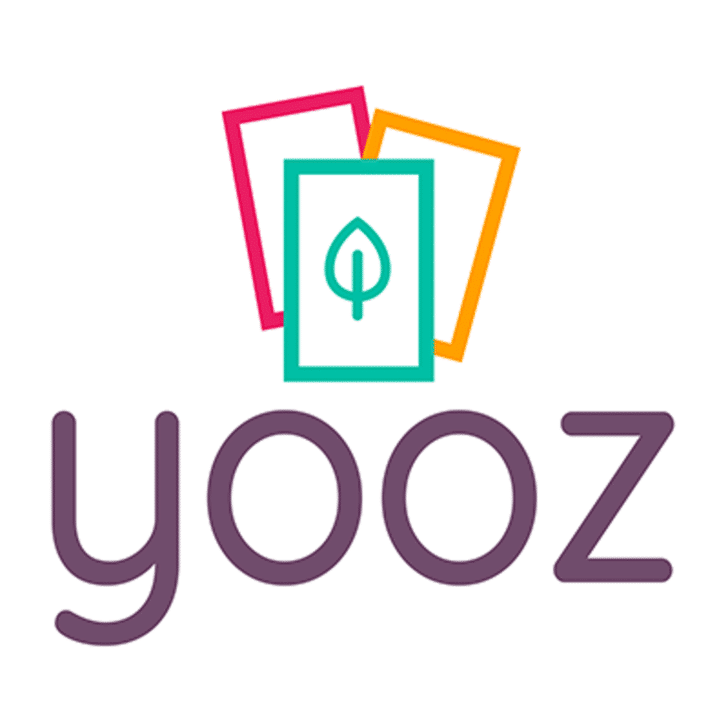
One of the sector’s pioneers, which first appeared in France in 2010, has grown steadily over the past decade to become a major market player and a company with over 200 employees and a presence in some 30 countries.
This tool for dematerializing invoices automates all stages, from the purchase order to validation, for greater efficiency.
Particularly well-suited to multi-site businesses, this tool can be adapted to meet the needs of all types of company, whatever their sector of activity.
Yooz starts at €99/month.
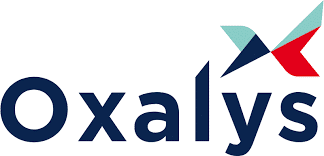
Oxalys is a flexible, comprehensive software package that’s intuitive and easy to use.
It can manage all aspects of your company’s purchasing procedures: source-to-contract, P2P, purchasing management, supplier relationship management. What’s more, it integrates with most ERP systems and can be connected to external databases.
It’s an ambitious software package, aimed at companies of a certain size, large groups or public bodies, rather than VSEs and small SMEs.
Oxalys is available at €490/month for 10 to 20 users.

In its full version, this tool enables you to manage the entire expense chain.
Highly effective, it was recently named one of the best software packages on the market in all purchasing categories by the IDC report: Procure-to-Pay, e-Procurement, e-Sourcing, Supplier Relations, Spend Analysis, Contract Management.
This is the solution chosen by major groups such as Alstom, Suez, Engie, Carrefour, Lufthansa, Sanofi and Groupama.
Synertrade does not communicate its prices.

Jefacture.com is aimed directly at accounting firms and their clients.
The application integrates a range of functions: multi-source invoice collection, legal controls and alerts, 10-year archiving, supplier payment, and more.
Billing is per invoice (€0.19 / validated invoice).

Regate.io is aimed at businesses and accountants.
Regate.io is designed as a financial cockpit, including all functionalities related to customer and supplier cycles. Like Spendesk, Regate.io also includes an expense claim section with an approval circuit. The Regate team is also working on setting up payment cards for expense accounts.
Rates are based on the number of invoices processed and the number of users, and start at €80 excl. tax/month for 100 invoices and up to 10 NDF users.
The 2020 Finance Act
Between 2024 and 2026, all French companies will have to introduce electronic invoicing. The digitization of purchasing and dematerialization is therefore no longer just an area for improvement, but a legal obligation.
Choosing the right digital purchasing tool for your needs is more important than ever. Don’t hesitate to enlist the help of professionals in the digital transition of your purchasing department, to make the most of this opportunity for your company.
At Altermès, we have business and IT teams capable of supporting you in :
- Understanding and mapping the P to P process
- Understanding the IT environment
- Assessing the company’s strengths and weaknesses
- Defining priority needs
- Choosing the tool best suited to the company’s needs
👆 If you have recurring tasks that you’d like to automate, call on the Altermès teams to help you understand your business processes and automate these tasks.
🔎 Find out more about ourtechnological innovation offers!
🎯 We share with you an assignment we carried out for a customer where we implemented LIBEO to collect and pay supplier invoices.










